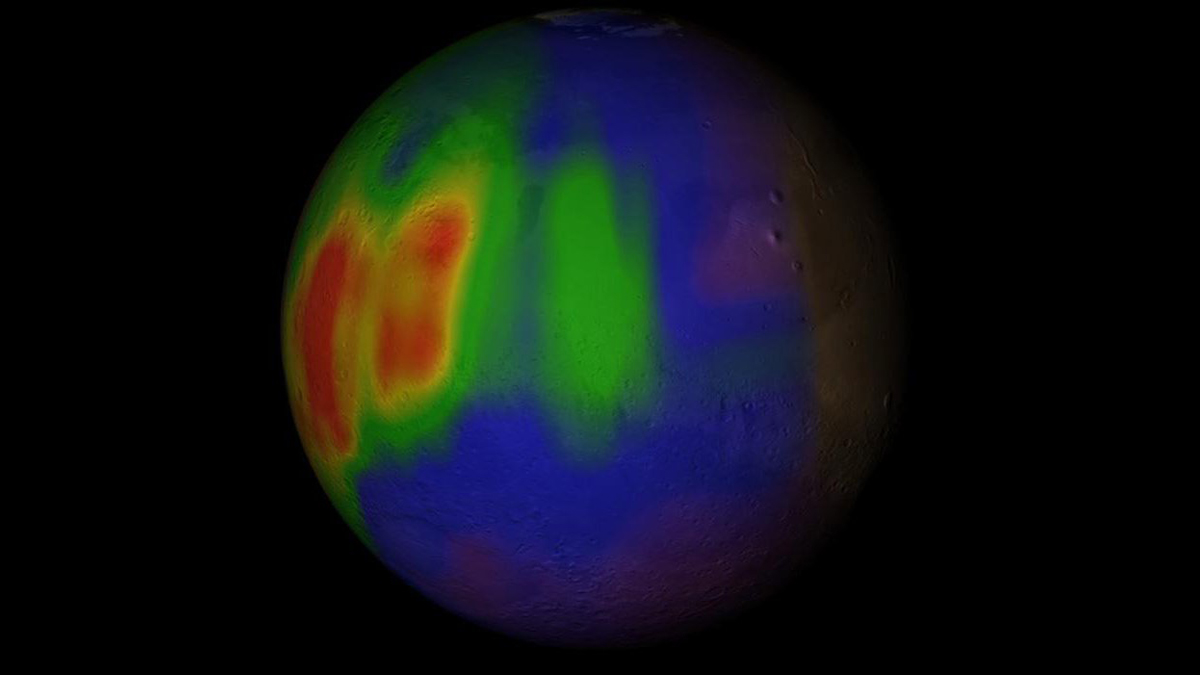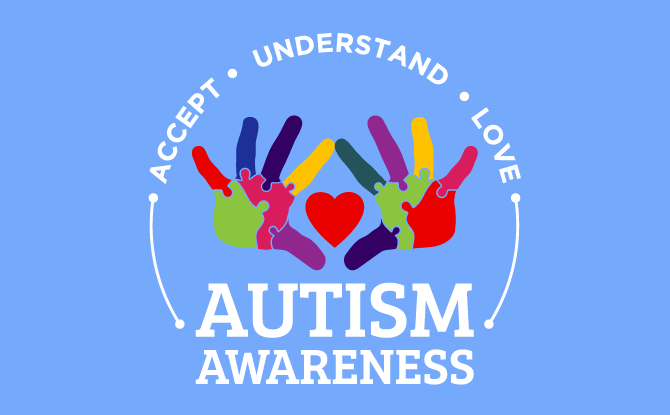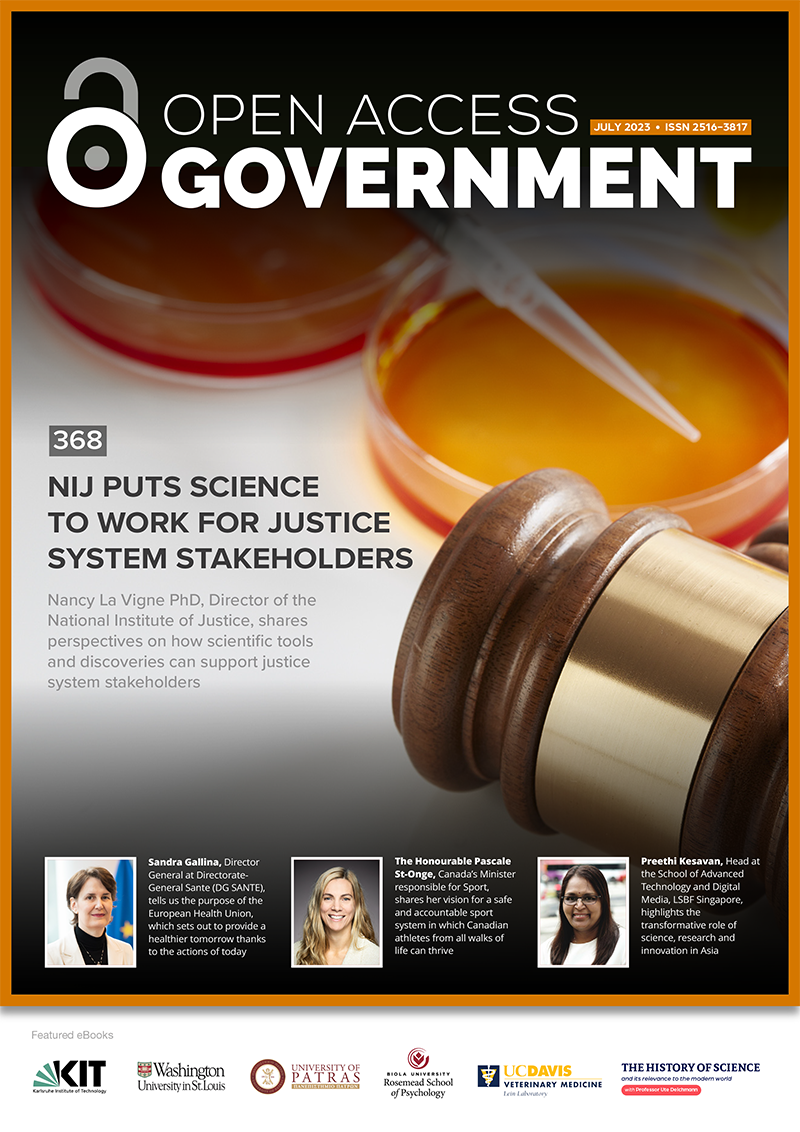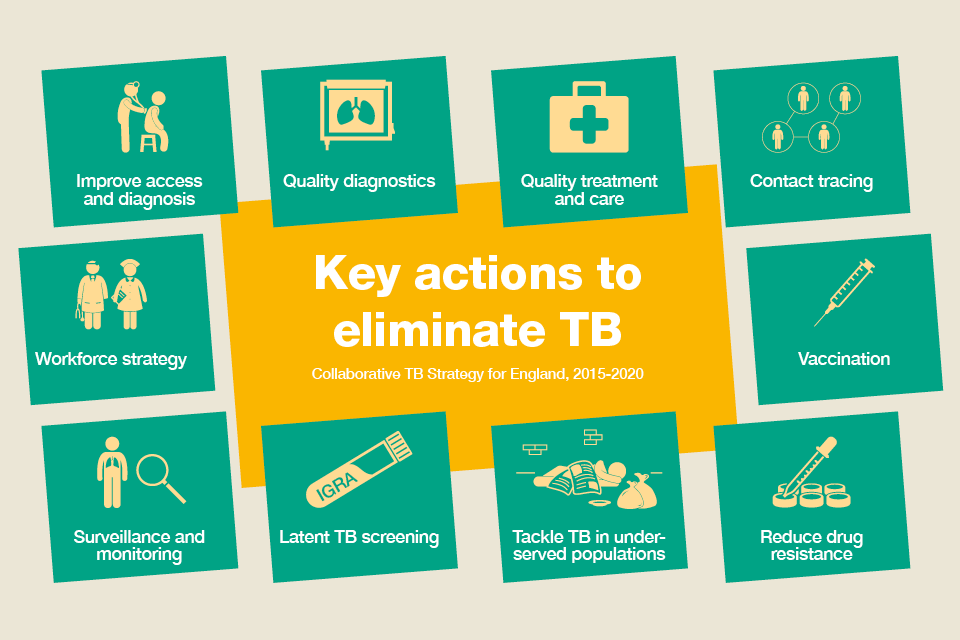


NASA's Curiosity Rover has made an unexpected discovery on Mars - the presence of methane in Gale Crater. With no current or past evidence of life on the Red Planet, scientists are investigating geological sources and seasonal patterns for the methane emissions. However, SAM, the portable chemistry lab aboard Curiosity, has found that the methane behaves in unusual ways, spiking at night and disappearing during the day, as well as not accumulating in the atmosphere. This has left scientists puzzled and working on various theories and proposals to explain the mysterious methane on Mars.
Unveiling the Enigma of Methane on Mars: Curiosity's Discovery and Scientific Implications
Introduction
The exploration of Mars by NASA's Curiosity rover has yielded a series of groundbreaking discoveries, including the presence of methane in Gale Crater. Methane, a simple organic molecule, is a key indicator of biological and geological processes and has been a subject of intense scientific interest on Mars.
Curiosity's Methane Discovery
In 2019, Curiosity's Sample Analysis at Mars (SAM) instrument detected spikes in methane concentrations in Gale Crater. The rover's measurements revealed a significant increase in methane levels at night, while concentrations dropped significantly during the day. Additionally, the methane did not accumulate in the atmosphere, leading scientists to question its source and behavior.
Investigating Geological Sources
One possible source of methane on Mars is geological processes. Methane can be produced through the interaction of water with certain rocks, known as serpentinization. This process involves the chemical alteration of iron-rich rocks in the presence of water, releasing hydrogen and carbon. The hydrogen can then react with carbon dioxide to form methane.
Exploring Seasonal Patterns
The observed seasonal fluctuations in methane concentrations have also provided clues about its source. The nighttime increase in methane suggests a diurnal cycle, possibly related to temperature changes. As the temperature drops at night, methane becomes more stable and less soluble in water, allowing it to escape from the subsurface.
Atmospheric Behavior
The absence of methane accumulation in the Martian atmosphere is another puzzling aspect of this discovery. On Earth, methane is broken down by sunlight and atmospheric reactions. However, something appears to be protecting the methane on Mars from these processes. Scientists are investigating possible mechanisms, such as chemical reactions with other molecules or absorption by surface materials.
Top 5 FAQs about Martian Methane
What is the source of methane on Mars?
Why does methane concentration spike at night and disappear during the day?
Why is methane not accumulating in the atmosphere?
Has methane been detected on Mars before?
What does the presence of methane mean for the potential for life on Mars?
Conclusion
The discovery of methane on Mars by Curiosity has opened up a new chapter in our understanding of the planet's present and past habitability. While the source and behavior of Martian methane remain enigmatic, ongoing scientific investigations are shedding light on the potential geological and biological processes that may be at play. Curiosity's continued exploration and future missions to Mars will further unravel this fascinating mystery and expand our knowledge of the Red Planet.

On April 2, the world recognizes World Autism Awareness Day, bringing attention to the challenges faced by individuals with autism. The term "autism" was first introduced in 1911 and has been further defined and understood since then. As a wide range of developmental disorders, each diagnosis is unique, making it important to understand and support those on the spectrum. This day aims to raise awareness and promote understanding and support for individuals and their families.

In light of World Autism Awareness Day, experts, including a paediatric neurologist and a RCI-certified special educator, discuss the role of technology in assisting children with Autism Spectrum Disorder (ASD). They highlight the benefits of alternative communication devices, which can aid non-verbal children in expressing their emotions effectively. Furthermore, they share insights on the various technological tools and interventions that can enhance the learning and development of children with ASD.

With a wide range of publications, eBooks, and research articles, Open Access Government is a pioneering platform that shares relevant and comprehensive information on health, workplace, digital transformation, and other critical topics. As a Crossref Sponsored Member, the platform connects research content across the globe, strengthening the research communication network. With an impressive membership of over 20,000 organizations from 160 countries and support for billions of API queries, Crossref plays a significant role in promoting a collaborative and innovative research environment.

The use of ketamine as a treatment for depression has gained attention after Tesla and SpaceX CEO Elon Musk revealed that he uses the drug every other week. Derived from PCP, ketamine is a Schedule X drug that is regulated and monitored in India by prescribing doctors. While it has shown promise in managing mental health conditions, the euphoric effects of ketamine can lead to addiction if not supervised by a doctor.

A personal journey of discovering the true meaning of meditation leads to the realization of the role of Pranayama in enhancing the practice. Pranayama not only calms the mind and reduces thoughts, but also acts as a bridge between universal energy and ourselves, leading to a deeper connection in meditation. However, the importance of proper breath regulation and caution during kumbhaka is emphasized to avoid potential dangers and achieve optimal results in meditation.

Medindia, a leading health information website, has launched a new feature called Health Watch which aims to provide accurate and informative content on various health-related topics. The feature will include articles, e-books and consultations with qualified physicians, making it a one-stop destination for medical information. This initiative by Medindia is set to revolutionize the way people access and use health-related information, ensuring they have access to reliable and trustworthy sources for their health needs.

In the fight against tuberculosis, preventing the disease is just as important as treating it. According to Dr. Shweta Bansal of Artemis Hospitals, improving your immune system through diet, air quality, hygiene, and managing stress can significantly reduce your risk of TB. Her advice to avoid processed foods, maintain good hygiene, and get enough rest and relaxation serves as a crucial reminder to prioritize our overall health in preventing diseases like tuberculosis.

Every year, March 24 is observed around the world as World Tuberculosis Day to raise awareness about the ongoing fight against TB. This year's theme is "Yes! We Can End TB: Commit, Invest, Deliver," highlighting the crucial role of sustained commitment, financial investment, and effective interventions in eradicating this deadly disease. This day holds historical significance, dating back to 1882 when Dr. Robert Koch discovered the bacterium responsible for TB. Join India and the rest of the world in commemorating this day and working towards a TB-free future.

On World Tuberculosis Day 2025, learn about the symptoms of TB and how you can reduce your risk. The theme for this year's World TB Day is "Yes! We Can End TB", highlighting the collective effort needed to eliminate this disease. Prime Minister Narendra Modi has pledged to make India TB-free by 2025, ahead of the global target.

As we celebrate World Water Day, it's important to understand the importance of staying hydrated for our overall health. While the commonly known advice is to drink eight glasses of water a day, it actually varies for each individual. According to experts, women should drink 11.5 cups of water and men should drink 15.5 cups a day. However, factors such as diet and lifestyle also play a role in determining one's daily water intake. So let's decode the confusion and understand our specific water needs.